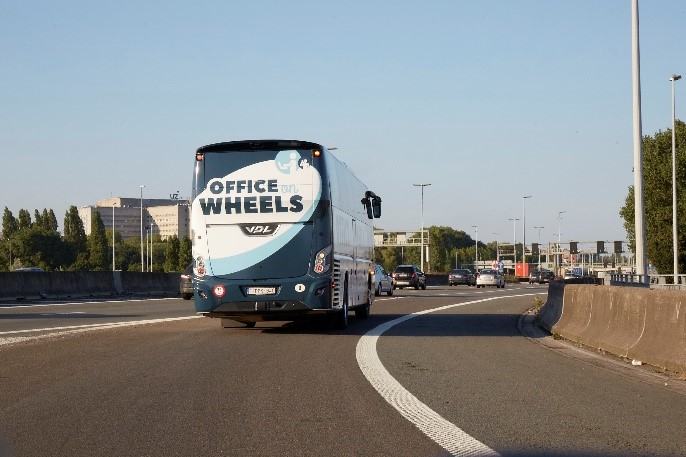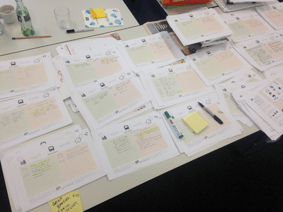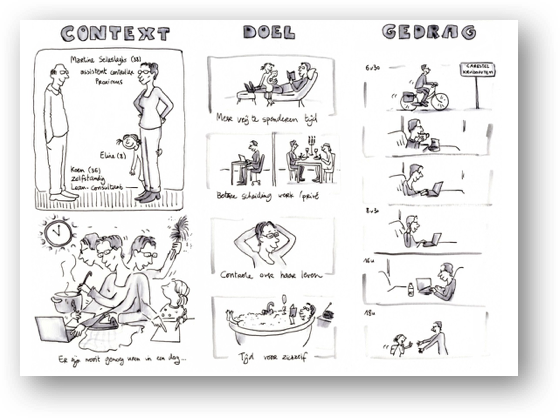
We live in an advanced world but that does not mean there is no more room for innovation. On the contrary, for many of us our frame of reference is so rigid we do not question how things are done. It is important to think out of the box to arrive at solutions to problems which, at first sight, appear impossible to solve.
Case
We stated in earlier blog posts that design thinking constitutes the perfect approach to complex problems. Mobility and commuter traffic are probably the most complex problem around. When the Flemish Institute for Mobility (VIM) and the BAAV approached us to help them research the technical and functional requirements of a new means of transport, it took us a minute to identify the optimal approach.

Following an extensive framing phase with all the project partners, a user survey was set up that yielded a number of personas as well as a host of new insights into the professional and private lives of our target groups. The cultural probe technique[1] in particular proved very valuable. Subsequently, focus groups were organized, we applied Value Innovation principles and worked up prototypes together with teams of employers, sector specialists, users and designers.
Testing Phase
The office bus is currently still in the testing phase and for now its main function is to take 24 Colruyt Group employees to and from work every day. During office hours, PraktijkCoach utilizes the office bus as a mobile training center for healthcare providers to ensure it is used to maximum advantage. If the results of the test phase are encouraging, the long-term objective is to increase the number of office buses and provide a solution for those employees who work in companies that are harder to reach. Many business parks offer poor access to public transport and are situated in areas prone to traffic jams, making for a long commute by car. Taking the office bus to work would give them a chance to use the travel time wisely.
[1] A qualitative research method that can bring profound insights into the user’s needs
The Masterclass Business Design Thinking takes its cue from our rapidly changing society. After all, our modern and complex society is always in flux. With design thinking it is key for the students to think out of the box: what is the best way to tackle a complex problem? Step by step, this teaches them how they can make their lives easier. From 16-18 November we want to give our students a crash course on how to deal with these changes and, more importantly, how to bring about these changes themselves. The focus of this masterclass is ‘business design’: design thinking as a method to set the course for your company, from strategic orientation to the roll-out of concrete projects. These can be internal change projects or transitions but also very specific product and service development projects. The combined practical knowledge of AMS and TU Delft will send you home with a plan and a desire to change your company for the better with Design Thinking. |




